If you are looking for a rustic, hearty veg then look no further. Leeks are a versatile vegetable that can be used in pies, soups, quiches and so much more. With a taste very similar to onions, if not milder and sweeter, it is the perfect way to add flavour to any meal. Leeks come with many health benefits such as improving the immune system and having anti-inflammatory properties.
Give leeks some time and space to grow and you can harvest this tasty root vegetable for yourself.
Varieties of Leeks
Musselburgh- This traditional variety of leek is reliable and easy to grow. It has a strong flavour and has good resistance to disease. It produces short, thick-stemmed crops and is particularly frost hardy.
Autumn Giant- Another popular autumn variety that shows resistance to bolting and rust tolerant. The Autumn Giant grows tall and flavoursome with white stems.
Lyon- This variety can be sown directly in the garden or started indoors. A long thick crop with lots of flavour that can stand all winter. Delicious roasted.
Pandora- Pandora is a fast-maturing summer leek that shows some resistance to rust. Great for mini leek production.

Sowing Leeks
For the best chance of germination, always use quality leek seeds. Sow Leeks between late February and early April. Traditional large leeks need a long growing season, seeds that are sown at this time will not be ready to harvest until early autumn. Leeks germinate at between 10-15 degrees celsius so it is a good idea to do this indoors.
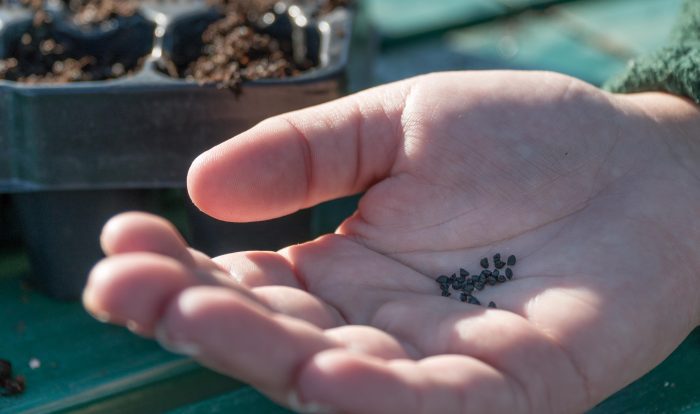
How to Sow Leeks
Sow leek seeds in module trays thinly, roughly 0.5 inches deep, 6 inches apart. Leeks can be sown either in batches or can be planted out as large plugs.
Leeks grow best in open ground however, they can also be grown in raised beds and containers. As leeks need room to grow, they are not a popular root vegetable to grow for those short on space.
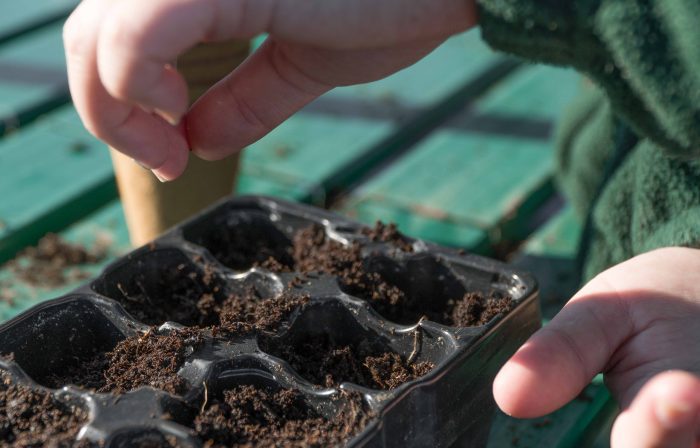
Transplanting Leeks
When the leeks become pencil size or 15-20cm it is time to plant them out. Leave 30cm between rows. To ensure a strong plant with a good root structure, cut off half the roots and a third of the top of the leek.
Push a dibber 4 to 6 inches deep depending on the size of the leek. Put the leek into the hole and puddle it in by pouring water all the way to the top of the hole using a watering can. Make sure you have a firm grip on the leek. Once the water disappears, the leek should feel solid. To find out more on transplanting leeks, watch the video below:

Grow leeks
With a large amount of the leek in soil, this part will blanch and be sweet and tender when it comes to harvest. To increase the length of the white stem push dry soil around the base of the plant.
Do not water leeks every day. Water the leeks well and down to the root once a week as opposed to a little every day. Feed them weekly to build strong healthy plants using a seaweed fertiliser such as Seafeed Xtra.
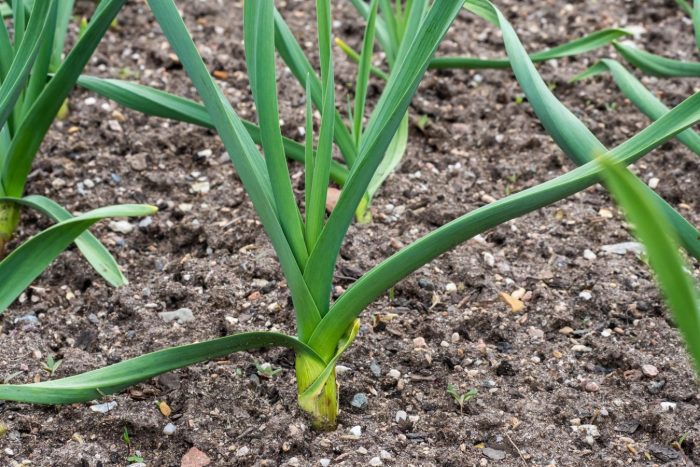
Harvesting Leeks
For smaller, sweeter leeks, begin harvesting at the end of summer or for more traditional leeks harvest in late Autumn. To harvest leeks gently lift them out of the soil using a fork.
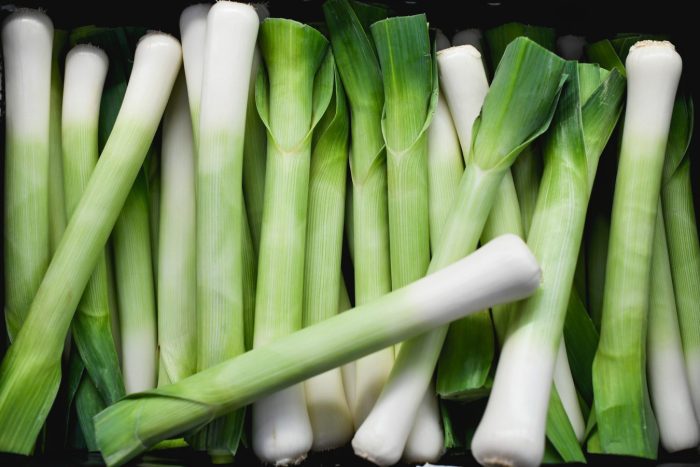
Troubleshooting
Rust
Rust can be a common problem amongst leeks which can lower crop yield. This fungal disease causes bright yellow spots on the leaves, creating a rust-like appearance. Rust is most likely to show during long wet spells. There is little that can be done about this, however, the plant still remains edible. Keep the leeks well ventilated and water them consistently. If the rust is minimal it will not harm the plant, but a serious infection can have a devastating impact. Do not grow leeks, onions or garlic in this spot again for 3 years if this happens.
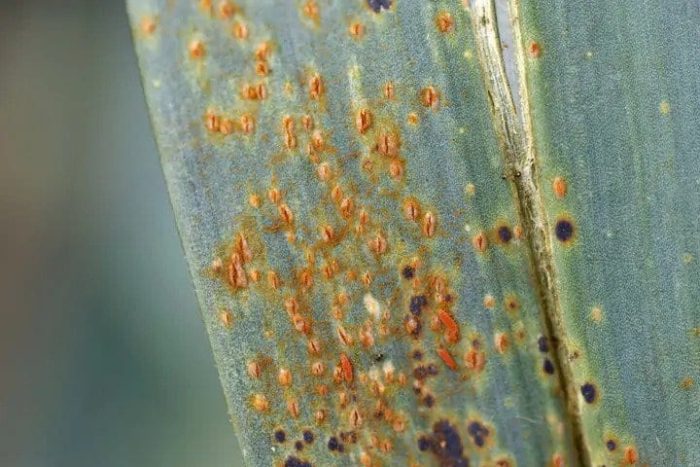
Allium Leaf Miner
Allium leaf miner, can be found in all of the allium-onion family, although it is most commonly found in leeks. This pest in adult form is a fly, but these flies lay eggs that turn into maggots. These maggots then burrow into the leaves of the plant. To identify allium leaf miner, your leeks will look distorted and there will be small tunnels stretching horizontally up the plant. There is no way to treat allium leaf miner, affected areas must be removed and burnt. To prevent allium leaf miner, cover the crop with mesh or fleece.
To find out more about common plant diseases check out our plant disease guide.

Leeks take up a fair amount of room and are an investment of both space and time as they take around five and six months but the beauty of leeks is that you can still be harvesting them in January as they can continue to grow during winter.

 Call us on 01246 240880
Call us on 01246 240880 Free 48hr Delivery
Free 48hr Delivery Sign-up and receive 10% off
Sign-up and receive 10% off